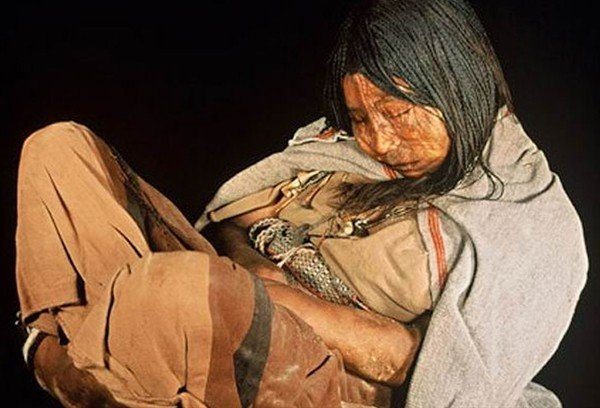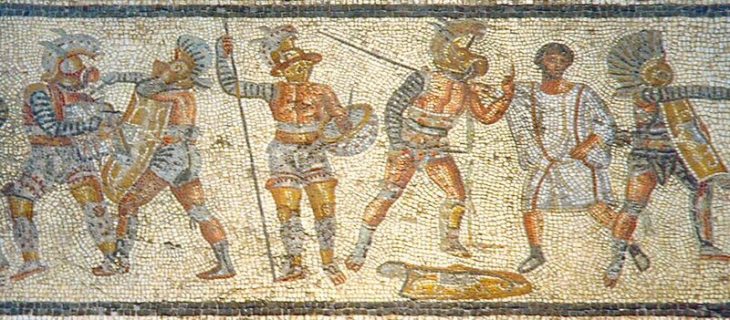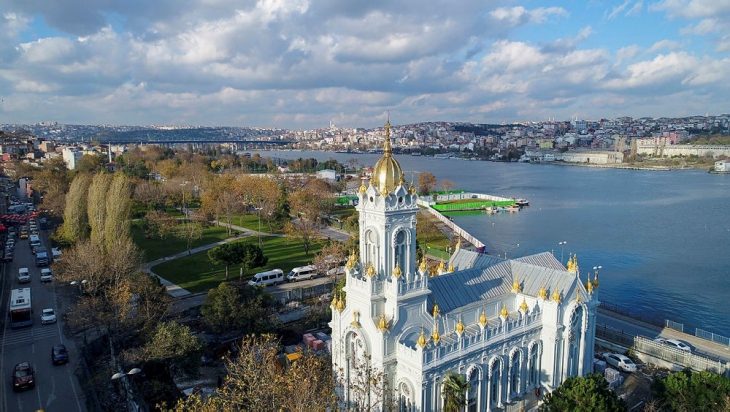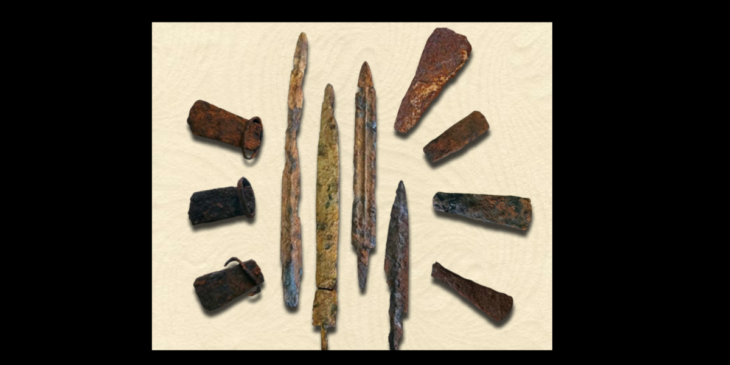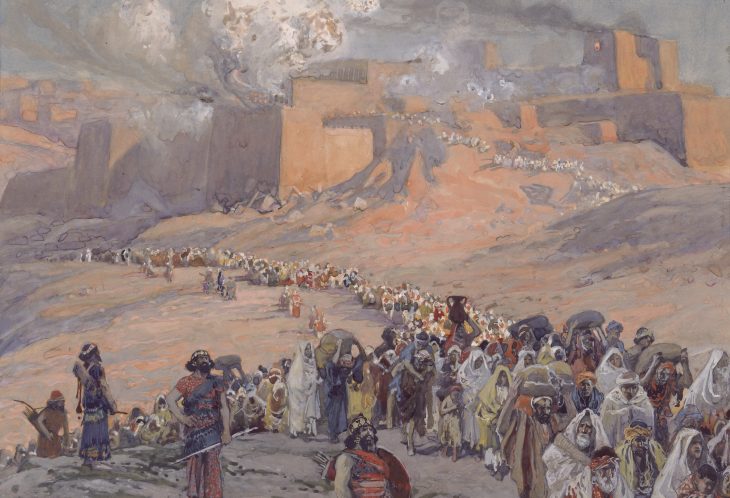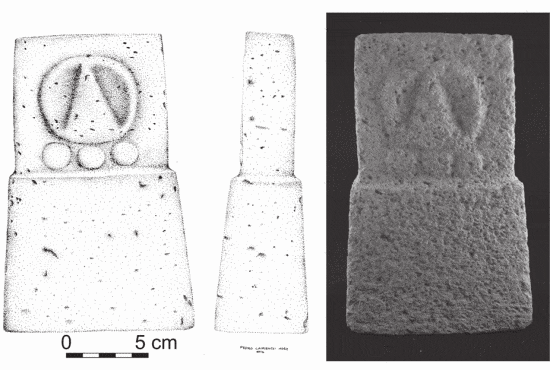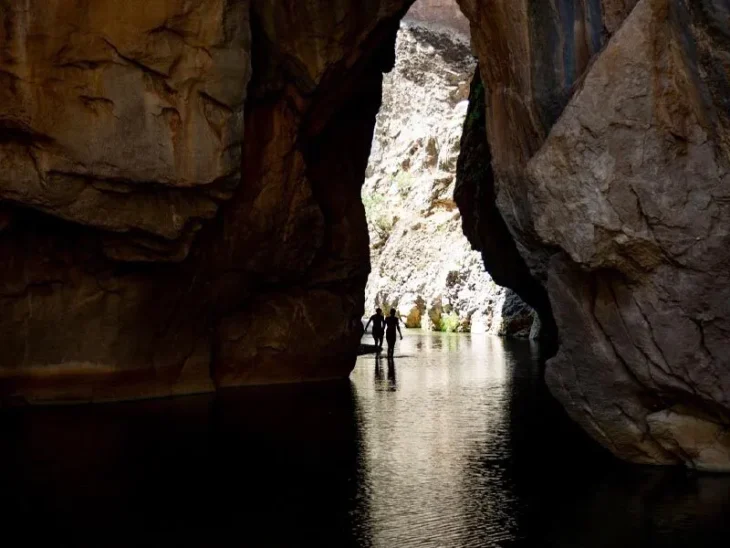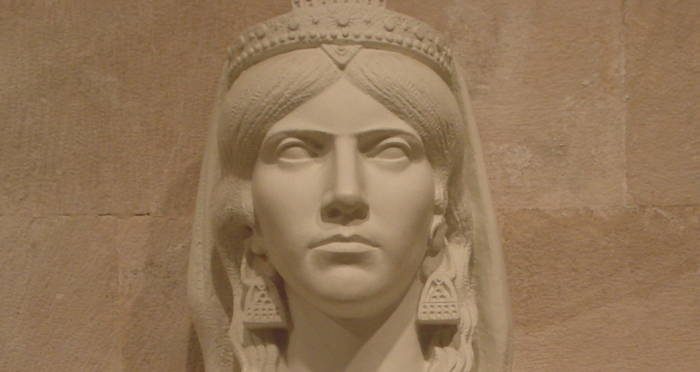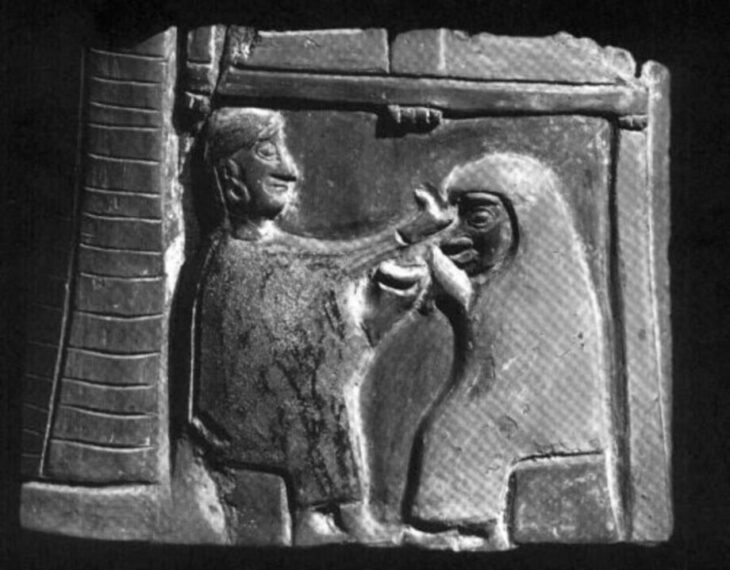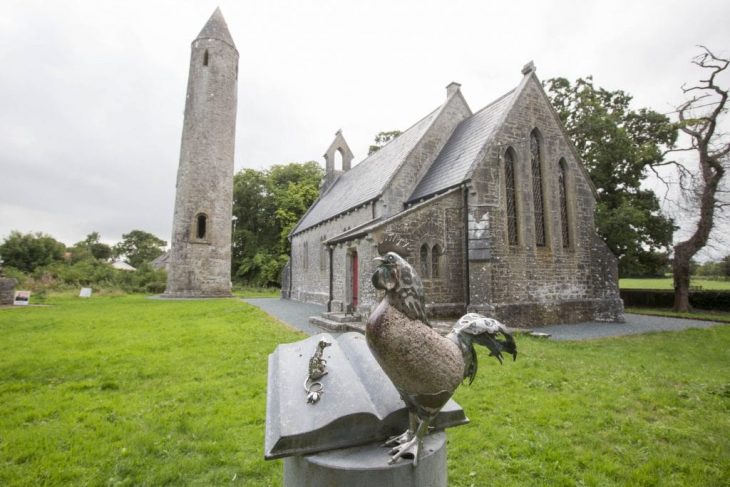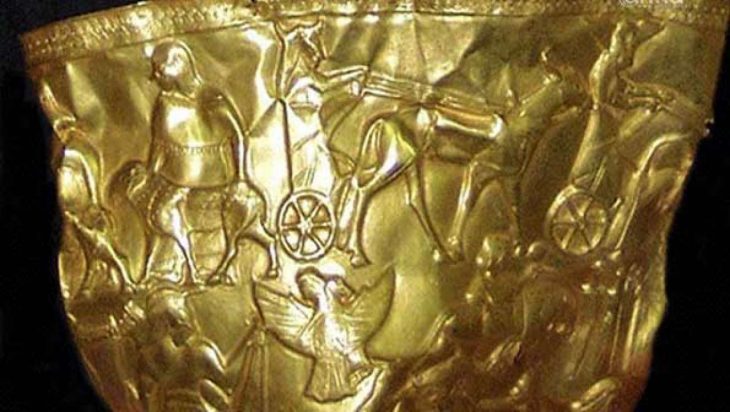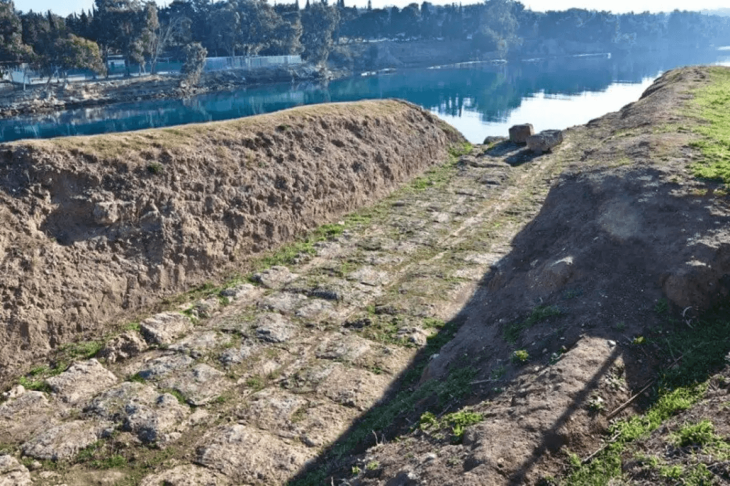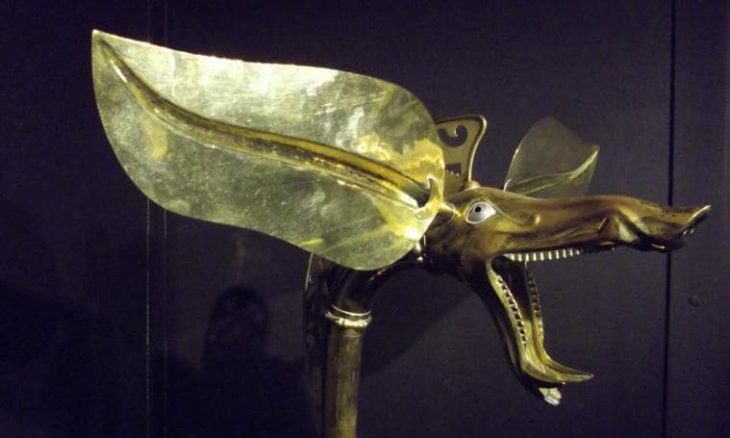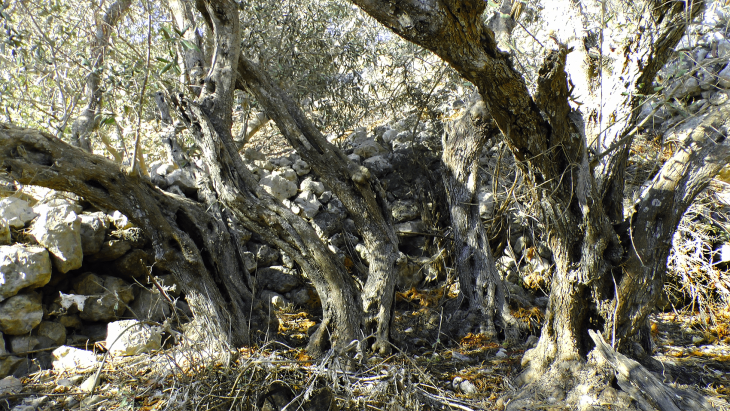Three Inca mummies found near the high Volcán Llullaillaco peak in Argentina in 1999 stunned all scientists.
The 3 Incas found were so well preserved that at first glance, these three children looked like they had just fallen asleep.
According to researchers who discovered the mummified remains, the girl and two other youngsters were left on a mountaintop to succumb to the cold as offerings to the gods.
Left to die as an offering to the gods more than 500 years ago, this young girl was called La Doncella or The Maiden.
La Doncella was dressed in a ceremonial tunic and adorned with a hood, symbols of her new status as a messenger to heaven. Moreover, he had spent the last year feeding quite well.
📣 Our WhatsApp channel is now LIVE! Stay up-to-date with the latest news and updates, just click here to follow us on WhatsApp and never miss a thing!!
Biochemical samples from her braided hair showed what she had eaten and drank in almost the past two years. It was concluded that he had consumed select foods such as corn and animal protein (llama meat) for 1 year before her death. However, the use of coca has increased gradually in the last year and it has been proven that this dose has increased gradually in the last 6 months. When she was found, a large chewed coca leaf was found in her mouth.
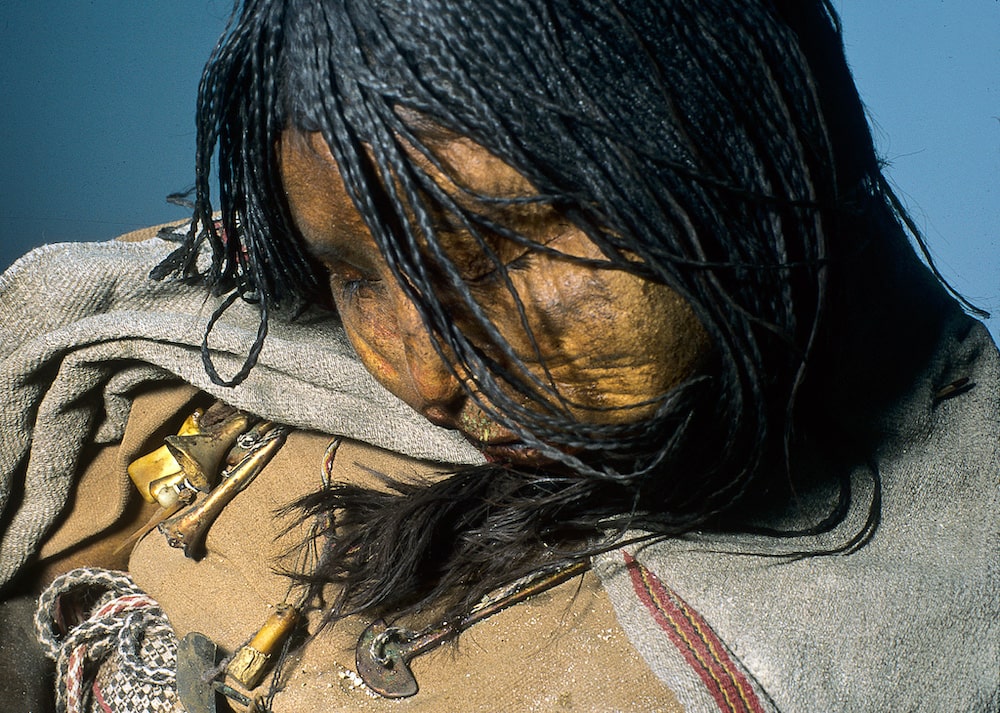
Researchers suspected that the young girl was Aklya Kona (sun priestesses of the Incas who took an oath of purity and lived in temples) or that she was one of the daughters chosen under the guidance of the nuns.
Because Aklya Kona’s were chosen from 9 to 10-year-old peasant girls who attracted attention with their beauty and talents at an early age. Some of the children were sacrificed in religious rituals before they reached the age of 15.
The products found with the victims were quite exclusive and special. Ornate, well-crafted gold and silver statues next to finely woven ornate children’s clothes, feathered headdresses brought from the Amazon Basin, figures made of prickly oyster shells… None of these products were accessible to ordinary people. All this showed the researchers the status of those who carried out this event and that it was done by the most competent power.
As exciting as it is to see the extent to which physical remains can support the archaeological record and history, it’s truly chilling when a 13-year-old looks like she’s about to open her eyes at any moment.
Nevertheless, it’s really impressive to see how far nature is still ahead of us in preserving the remains.
Today the mummies are display in the Museo de Arqueología de Alta Montaña (MAAM) in Salta, Argentina.
National Geographic. 29 Temmuz 2013.

